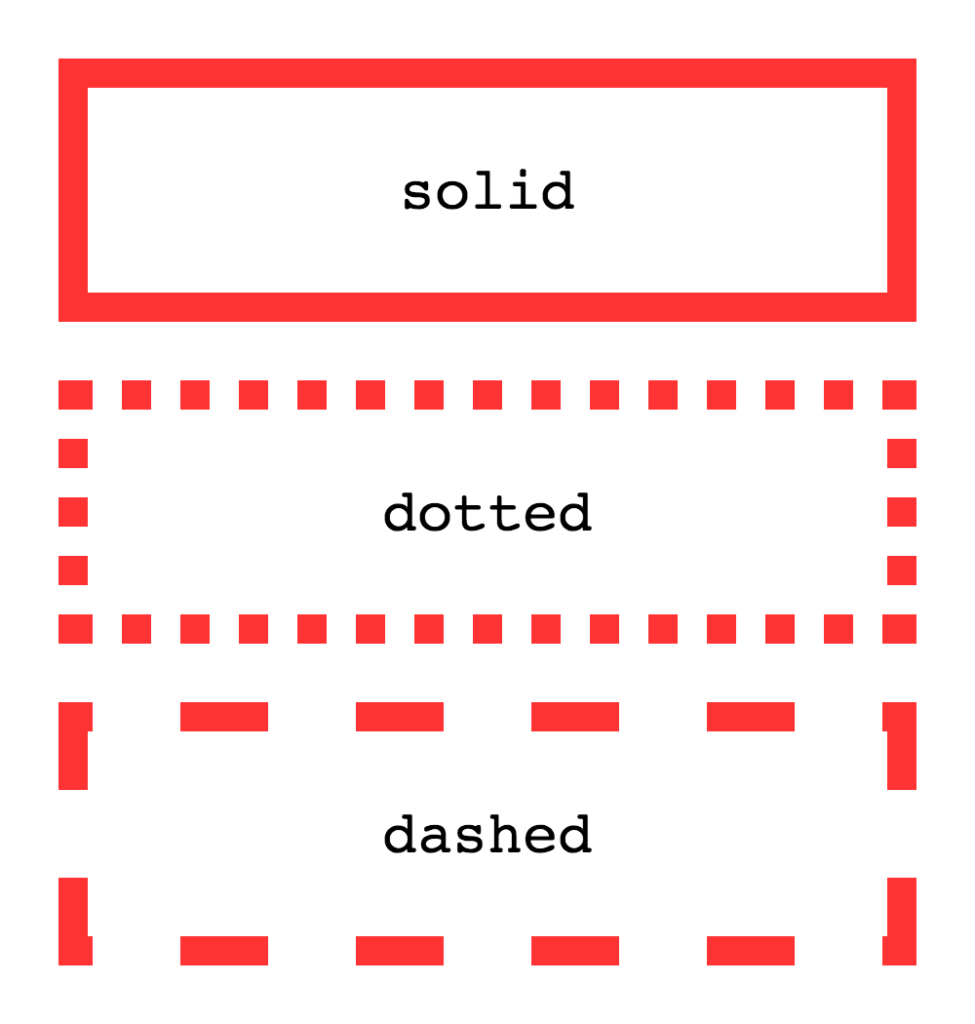CSS border style property determines what sort of boundary to show. Styling anything alludes to adding that additional touch that makes the ultimate result stick out. It is expected that consideration should be paid to the better subtleties alongside the significant ones. The flowing template advances a similar belief system.
Besides the fact that it centres around the significant style changes, however the better ones too. This article will talk about the CSS property, through which we can give boundaries to some random components. We utilize the CSS property line style for characterizing the line style on every one of the four sides of a component as its boundary.
Syntax and Parameters of Dotted Border In CSS
Line style property is utilized for characterizing all the four (or lesser) borders for some random component
The linguistic structure utilized for this property is as per the following:
line style: solid| dotted| groove| dashed| none
Presently, to appropriately utilize this property we should realize how changing the number of boundaries will change the styling.
- Assuming boundary style is characterized by two boundaries or values, the main boundary will style the top and baseline. The subsequent worth will conclude how the left and the right line ought to seem to be.
- If line style is trailed by three-boundary or values, the primary boundary characterizes the boundary style for the top, the subsequent one concludes the line style for the left and right line and the third one characterizes how the base boundary will seem to be.
- If the line style has four qualities, the principal values set the style for the top boundary, the subsequent worth it for the right line, the third one for the base boundary lastly, and the fourth one for the left line.
- If there is just a single incentive for line style, that is worth setting the style for each of the four boundaries.
- The general qualities for this property are starting, acquiring and unset.
- The most utilized line styles are strong, spotted, ran, groove, edge, inset, and beginning. You can take a stab at utilizing each of these to see the particular results
Using Border Style With Single Parameter
We will involve outside CSS for this model (specifically, border.css), thus, the initial step will be to make a CSS record. We will characterize the style for the heading component for example <h2>.
The definition ought to be as per the following:
Code:
h2{
Color: blue-violet;
line style: spotted;
}
Also, we will announce and characterize two additional classes that can be utilized with some other components.
The classes ought to be coded in an accompanying way:
Code:
.cls1{
color: blood red;
line style: solid ;
}
.cls2{
Color: dark green;
line: inset;
}
The last CSS code ought to seem to be this:
CSS Code:
h2{
color: blue-violet;
line style: dabbed;
}
.cls1{
Color: dark red;
line style: solid ;
}
.cls2{
Color: dark green;
line: inset;
}
When the CSS document is coded and saved, we will continue toward the HTML coding part. We, most importantly, will call the template. Then we will utilize the components and classes that we have styled in the CSS document, to see the result.


